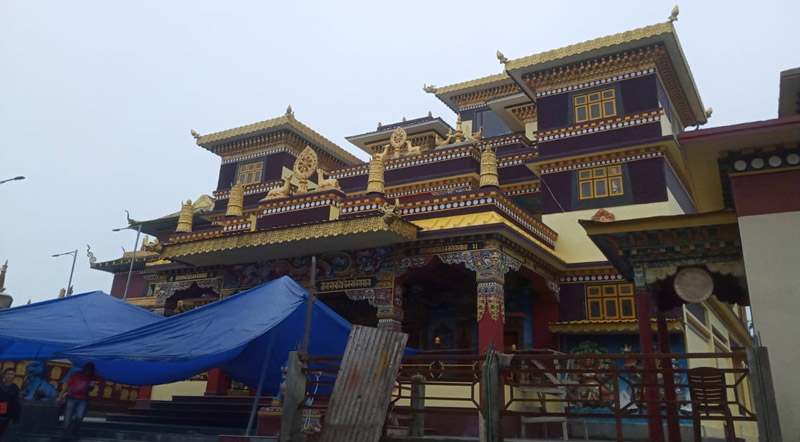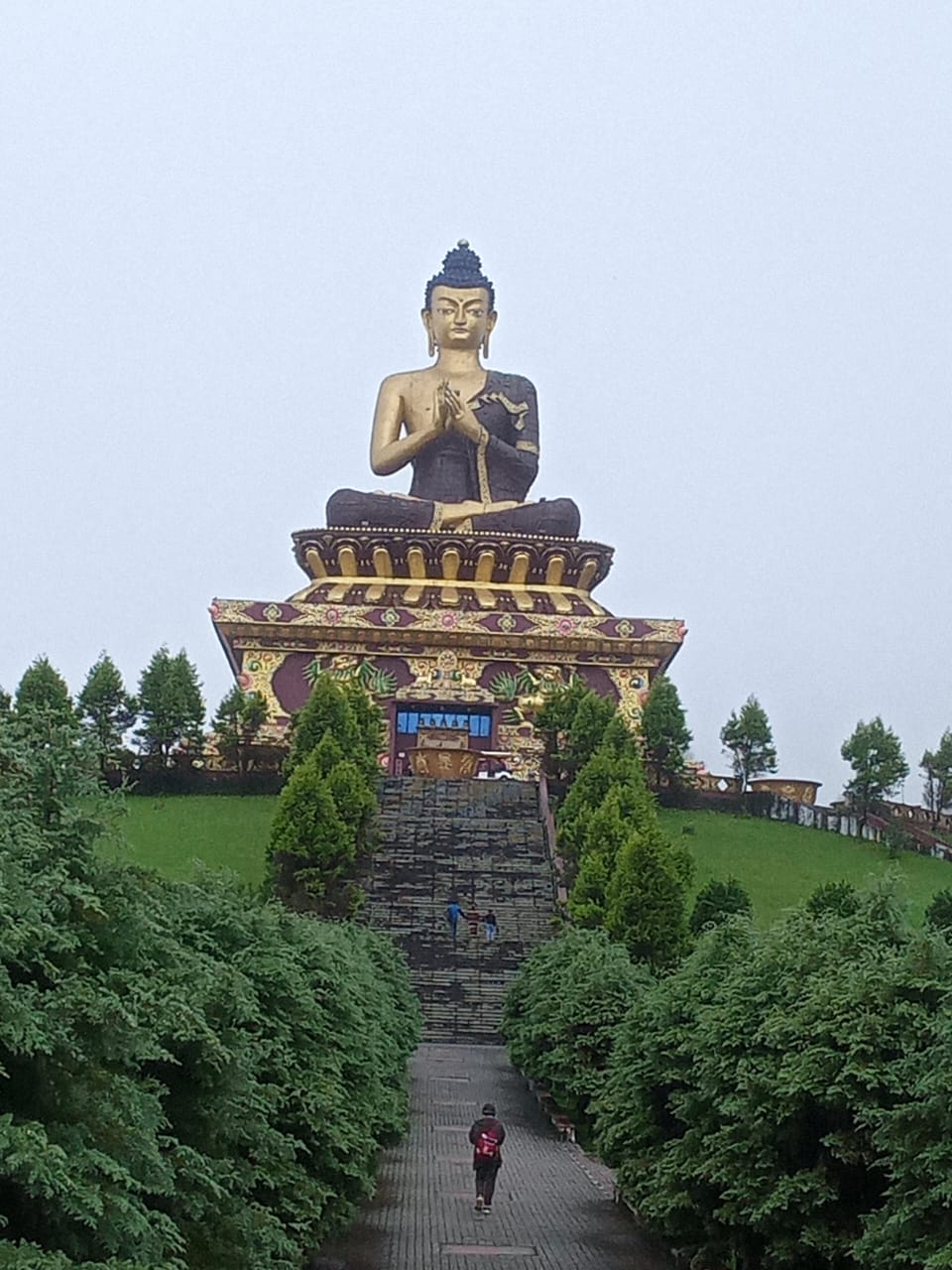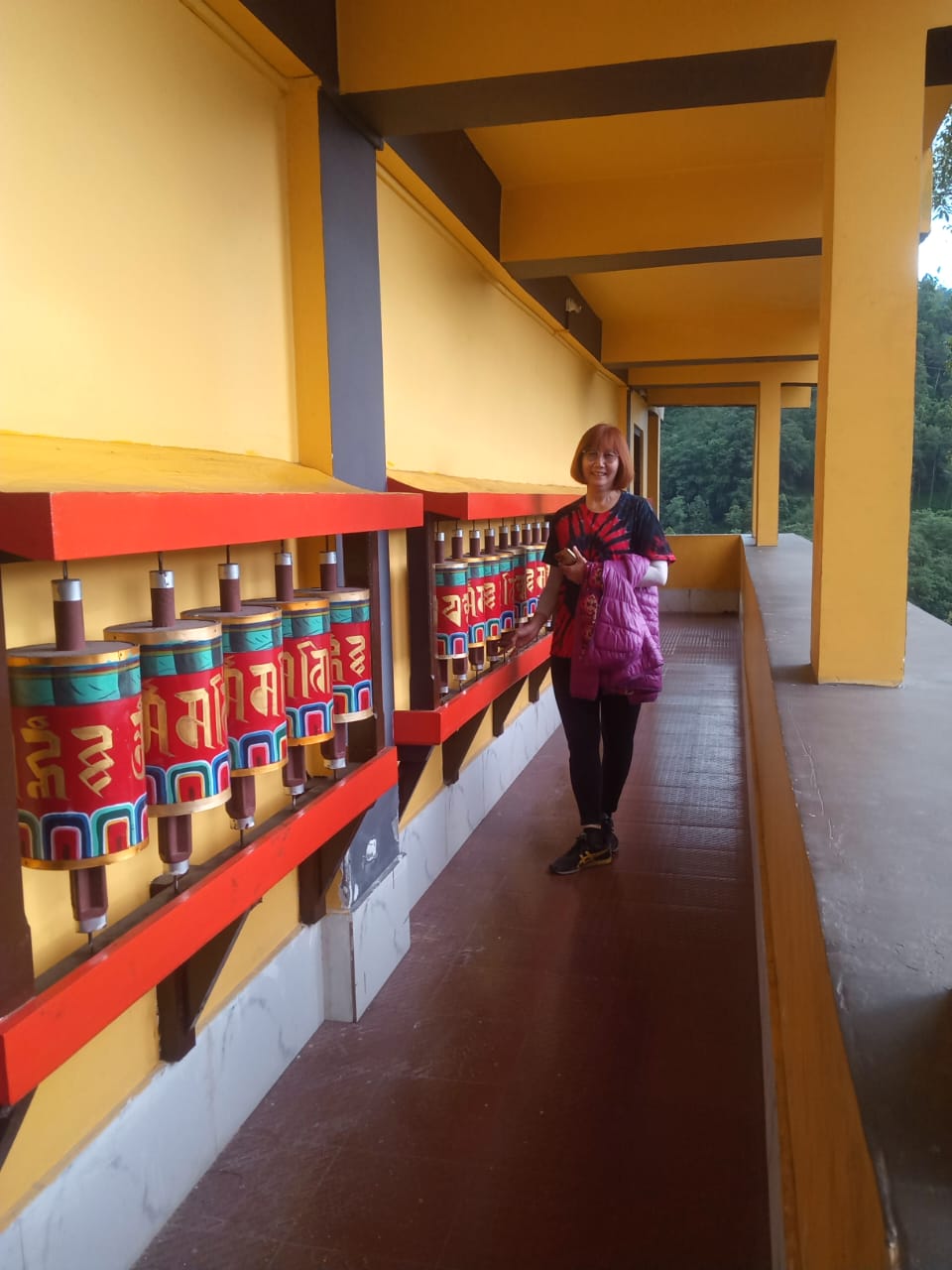


Monastic tours in Sikkim offer a unique opportunity to explore the spiritual and cultural heritage of the region, where ancient monasteries play a significant role in the lives of local people. These tours allow visitors to experience the peaceful ambiance of Buddhist monasteries, witness age-old rituals, and take in the scenic beauty of the Eastern Himalayas.
Here are some of the most significant monasteries in Sikkim that you can visit on a monastic tour:
- Rumtek Monastery
- Location: 24 km from Gangtok
- Significance: One of the largest and most important monasteries in Sikkim, Rumtek is the seat of the Karmapa Lama, the head of the Karma Kagyu lineage of Tibetan Buddhism.
- Attractions: Magnificent architecture, golden stupa, prayer halls, and a tranquil environment. The monastery also hosts various Buddhist festivals, including the famous Tsechu dance festival.
- Pemayangtse Monastery
- Location: Near Pelling
- Significance: Built in the 17th century, Pemayangtse is one of the oldest and most revered monasteries in Sikkim, belonging to the Nyingma sect of Tibetan Buddhism.
- Attractions: The monastery houses exquisite statues, thangkas (Tibetan Buddhist paintings), and a famous seven-tiered wooden structure depicting celestial worlds.
- Tashiding Monastery
- Location: 40 km from Gyalshing
- Significance: Known for its sacred stupas and annual Bumchu festival, Tashiding is believed to purify the soul of anyone who visits with faith.
- Attractions: The sacred chorten (stupa), breathtaking views, and peaceful surroundings make it an important pilgrimage site.
- Phodong Monastery
- Location: 28 km from Gangtok
- Significance: Founded in the 18th century, Phodong is one of the six most important monasteries of Sikkim, belonging to the Karma Kagyu sect.
- Attractions: Beautiful murals, old sculptures, and an annual religious festival featuring vibrant mask dances (Cham dance).
- Enchey Monastery
- Location: Gangtok
- Significance: A 200-year-old monastery, Enchey is closely associated with the Nyingma tradition. It is believed to be blessed by Lama Druptob Karpo, a revered tantric master.
- Attractions: Striking views of Mount Kanchenjunga, serene atmosphere, and an annual mask dance festival.
- Ralong Monastery
- Location: Near Ravangla
- Significance: A sacred monastery of the Kagyu sect, Ralong is known for its pristine beauty and rich cultural history.
- Attractions: Bright prayer flags, golden stupas, and a stunning setting surrounded by high mountains. The monastery also celebrates the Pang Lhabsol festival in September.
- Dubdi Monastery
- Location: Near Yuksom
- Significance: Dubdi, built in 1701, is considered the first monastery established after the coronation of the first Chogyal (king) of Sikkim.
- Attractions: Scenic location, historical significance, and beautiful murals.
- Lingdum Monastery (Ranka Monastery)
- Location: 20 km from Gangtok
- Significance: A relatively newer monastery belonging to the Zurmang Kagyu tradition.
- Attractions: Stunning architecture, large prayer hall, and peaceful surroundings. It is less crowded, offering a serene experience for meditation and reflection.
Activities during a Monastic Tour:
- Attend Prayer Ceremonies: Witness monks performing rituals, prayers, and chanting.
- Participate in Festivals: Sikkim’s monasteries host many festivals like Losar (Tibetan New Year), Saga Dawa, and Pang Lhabsol.
- Meditation and Retreats: Many monasteries offer short meditation sessions or even longer retreats in a peaceful setting.
- Explore Local Culture: Monastic tours often include interaction with the local Buddhist communities and a chance to learn about their traditional lifestyle.
Best Time for Monastic Tours:
- Autumn (October to November): Clear skies, pleasant weather, and great for trekking to monasteries located in remote areas.
- Spring (March to May): The landscape is in full bloom, and several festivals like Losar and Saga Dawa take place during this time.

















